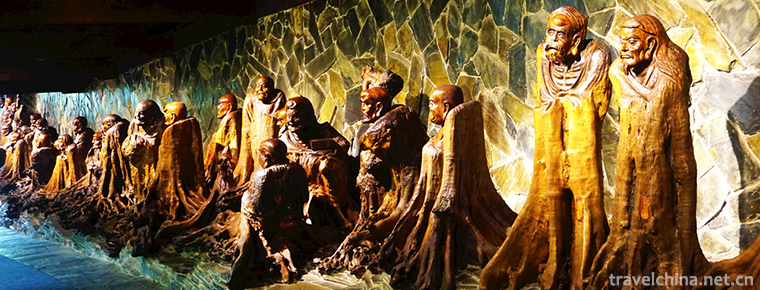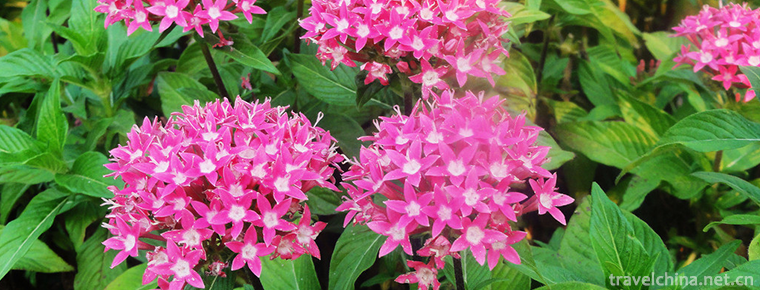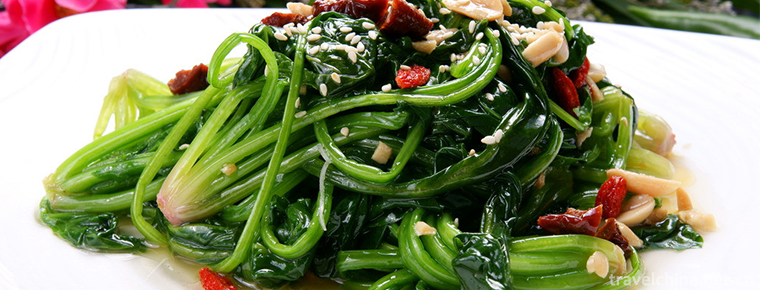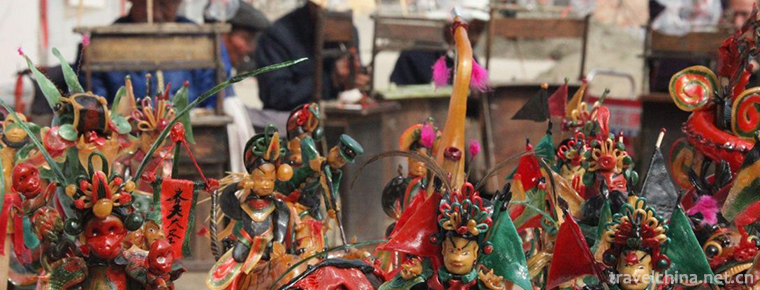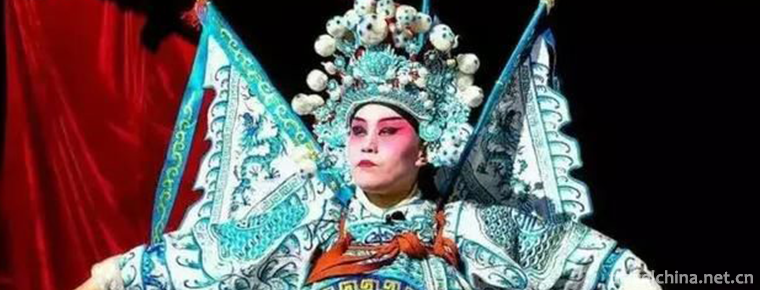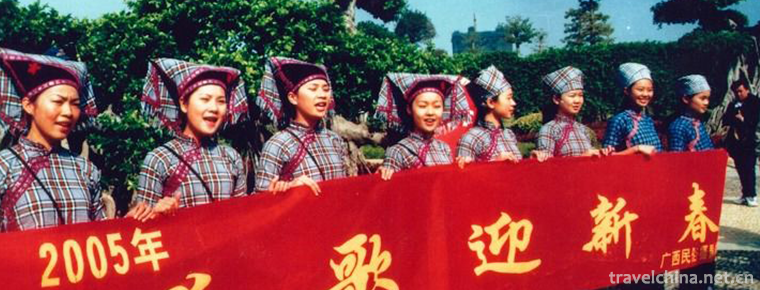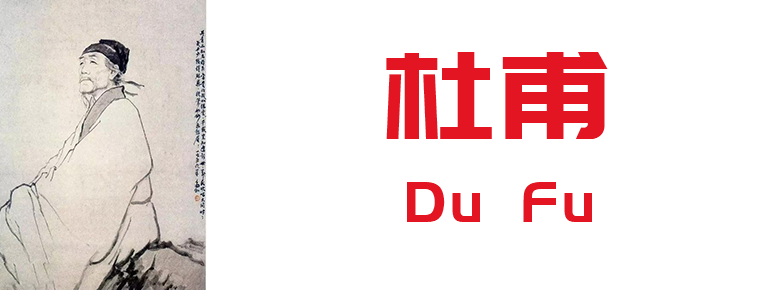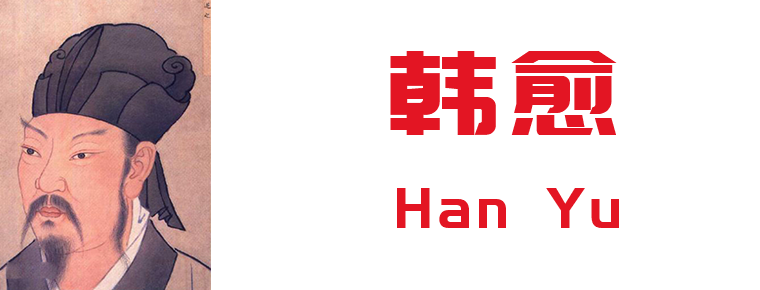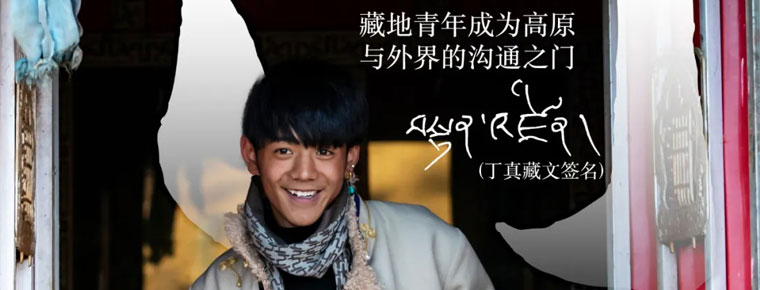Daur Costume
Daur Costume
The Daur nationality has a long history and agricultural culture in northern China. Daur garments are greatly influenced by Mongolian and Manchu nationalities. Men wear large-skinned leather gowns with long gowns, white cloth wrapped around their heads, straw hats and leather boots.
On November 11, 2014, Daur costumes were approved by the State Council and listed in the fourth batch of national intangible cultural heritage list.
Daur men wear leather caps, robes, leather trousers and boots. Hats are made of the scalp of roe, wolf or fox, with hair facing outward, ears and horns standing upright and lifelike. When hunting, they are both cold-proof and protective. Boots are made of bamboo deer, bamboo deer and cow hide. In addition to leather clothing, Daur people also wear cloth robes and trousers. Wear cotton gowns in winter, jackets and vest in cold weather, jackets in spring and autumn, and single gowns in summer. Women wore leather clothes in their early years, and after the Qing Dynasty they mainly wore cloth clothes. The color of clothing is mostly blue, black and grey. Older women also like to shoulder their jackets in long gowns.


Daur Costume
-
Root palace Buddhist Cultural Tourism Zone
Root palace Buddhist Cultural Tourism Zone / Gengong Buddha Country Cultural Tourist Area, National AAAAA Tourist Scenic Area, National Eco-civilization Education Base
Views: 155 Time 2018-12-07 -
Xishuangbanna Tropical Flower Garden
Xishuangbanna Tropical Flower Garden is located in Yunnan Institute of Tropical Crop Sciences, Jinghong City, Xishuangbanna Prefecture, Yunnan Province. It covers an area of 80 hectares and is one of
Views: 161 Time 2019-02-25 -
Spinach with Eight Delicacies
Babao spinach is a traditional Shandong dish, which belongs to Shandong cuisine. It is rich in color, bright, delicious, light and refreshing. In addition to spinach, Babao spinach is also equipped wi
Views: 207 Time 2019-03-25 -
Baxian Yaochi Party
Baxian Yaochi gathering is a traditional dish in Tai'an, Shandong Province, which belongs to the Shandong cuisine family. Egg white is the main material for Baxian Yaochi gathering.
Views: 148 Time 2019-03-27 -
Miao folk songs
According to its content, Miao folk songs can be divided into Youfang song (love song), wine song, bitter song, anti-song, funeral song, labor song, political song, children's song, riddle song and so
Views: 109 Time 2019-06-05 -
Sugar plastic
Sugar sculpture, one of the traditional folk handicraft products, commonly known as sugar blowing, sugar manikin, engaged in this trade called sugar blowing people, throughout the country, especially
Views: 376 Time 2019-06-18 -
Tongzhou Bangzi
Tongzhou Bangzi originated in more than ten counties of Dali (Gutongzhou) Center in the east of Guanzhong, Shaanxi Province. Accompanied instruments, besides drum beating, are also named for their str
Views: 113 Time 2019-06-21 -
Liao Song of the Zhuang Nationality
Liao Ge of Zhuang Nationality, folk literature of Pingguo County, Guangxi Zhuang Autonomous Region, is one of the national intangible cultural heritage.
Views: 158 Time 2019-08-16 -
Du Fu
Du Fu (712 - 770 years), Zi Zi Mei, from the Shao Ling old man, Tang dynasty Great realistic poets, and Li Bai It is called "Li Bai". Originally from Xiangyang, Hubei, Henan county. With two
Views: 432 Time 2019-09-07 -
Han Yu
Han Yu (768 - 824 December 25th) retreated. Henan Heyang (now Henan Province Mengzhou People. Claiming to be "Changli," the world is called "Han Changli" and "Mr. Changli"
Views: 169 Time 2019-09-07 -
Anhui University of Finance and Economics
As a multi-disciplinary finance and economics university, economics, management and law are the first batch of universities that have the right to grant bachelor's degree and the third batch of granti
Views: 209 Time 2019-09-30 -
About Ding Zhen Video
In November 11th CCTV news and Oriental tiktok were put on a short video of the tremble. Ding Zhen, the "sweet boy" in the video, triggered a phenomenal network event with a transmission volume of more than 5 billion times. At the same time,
Views: 162 Time 2020-12-06
